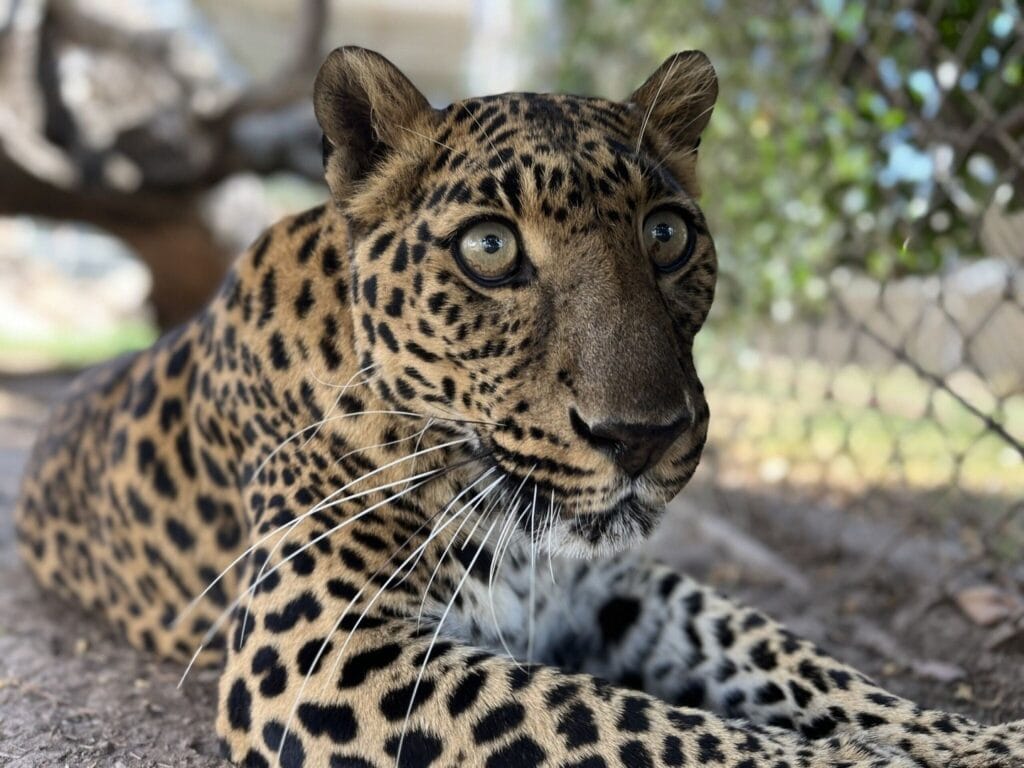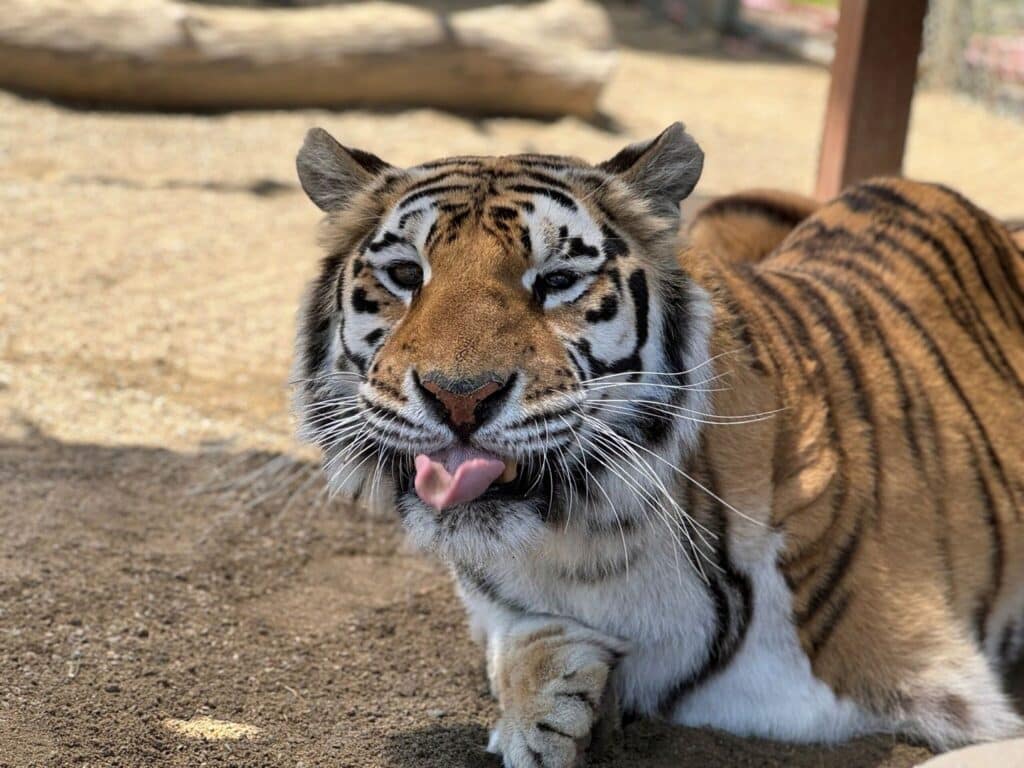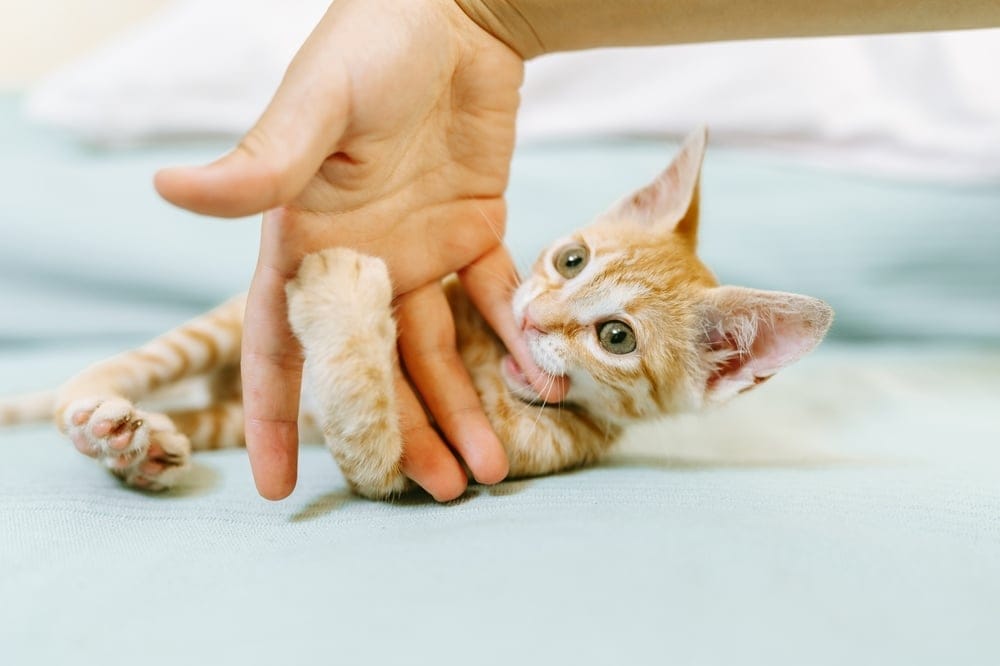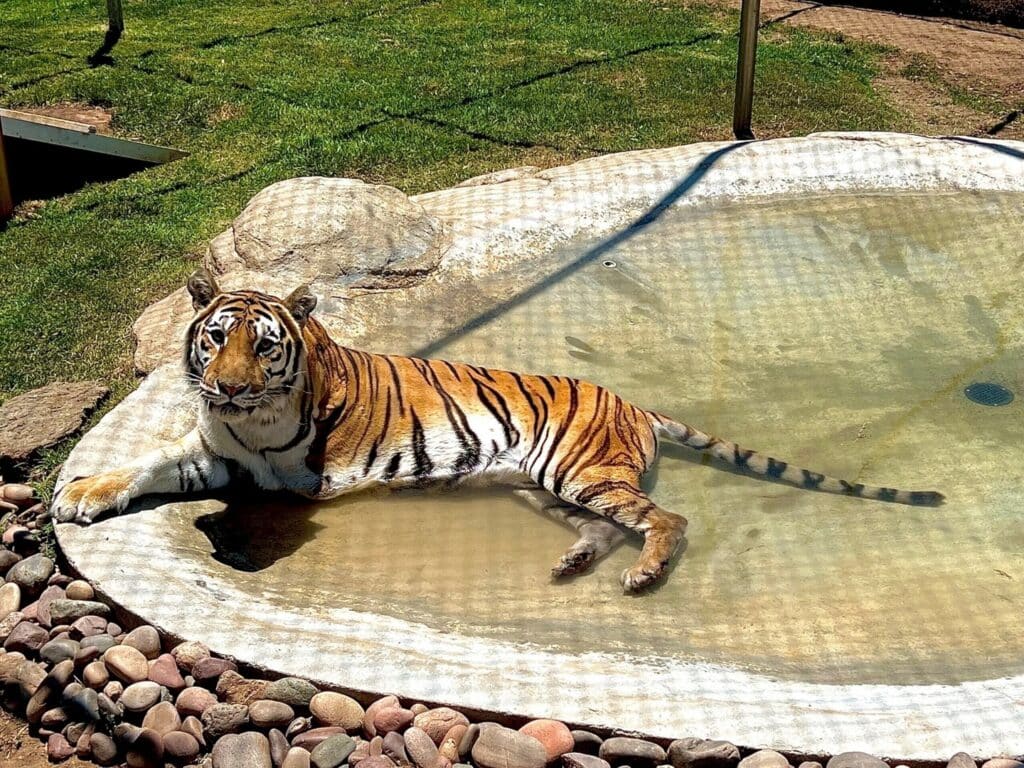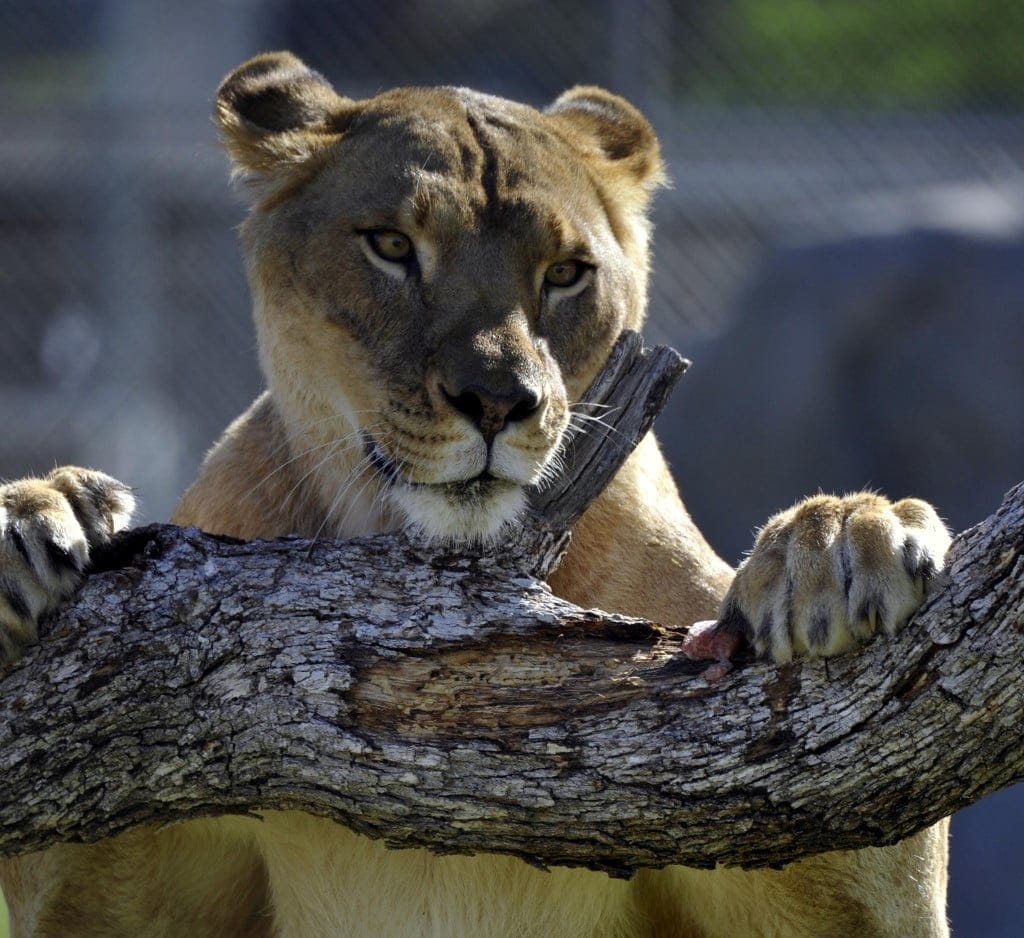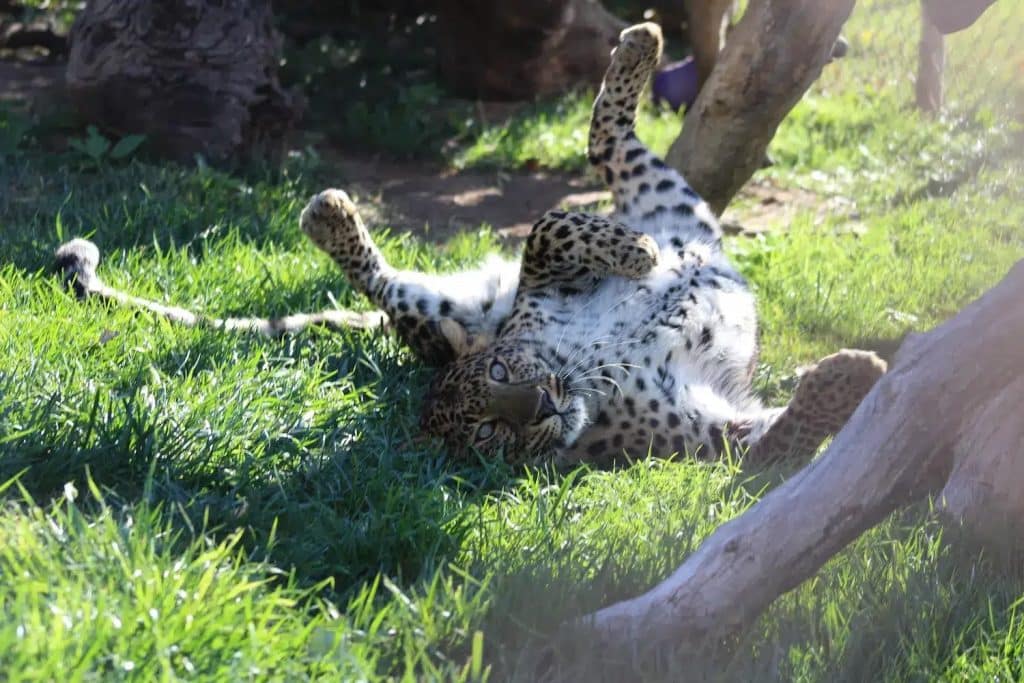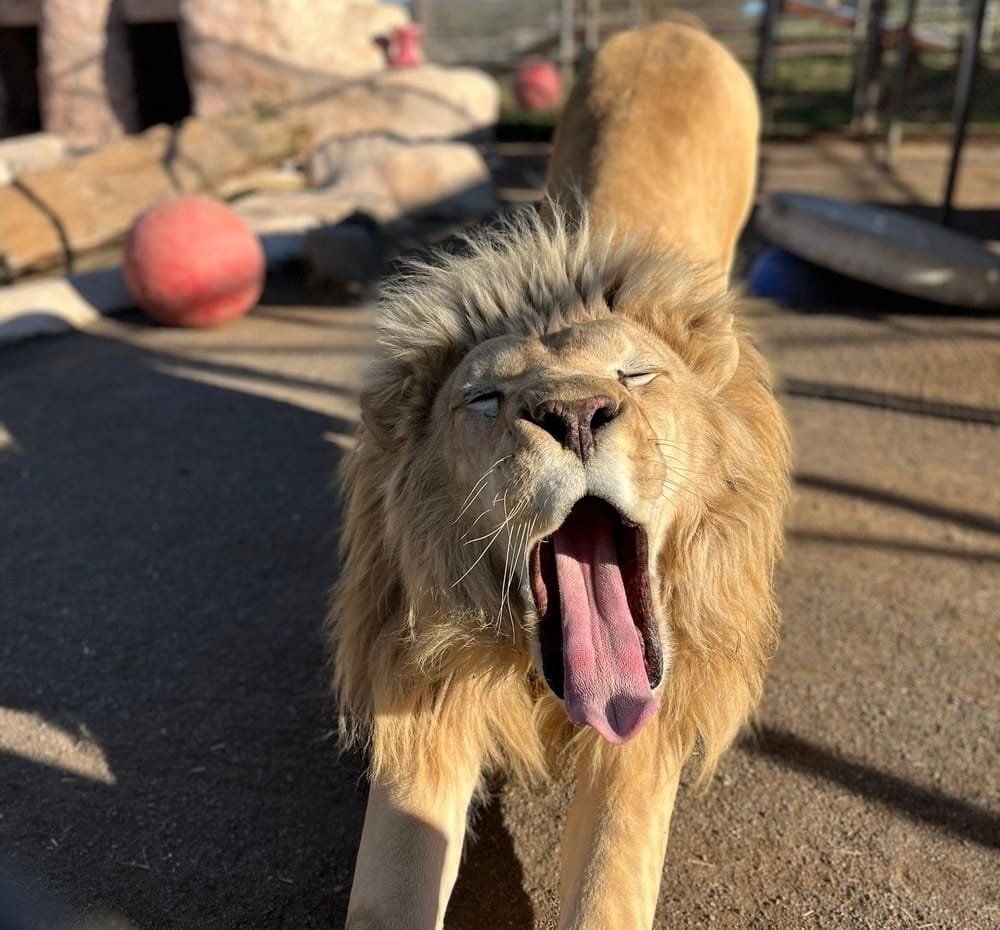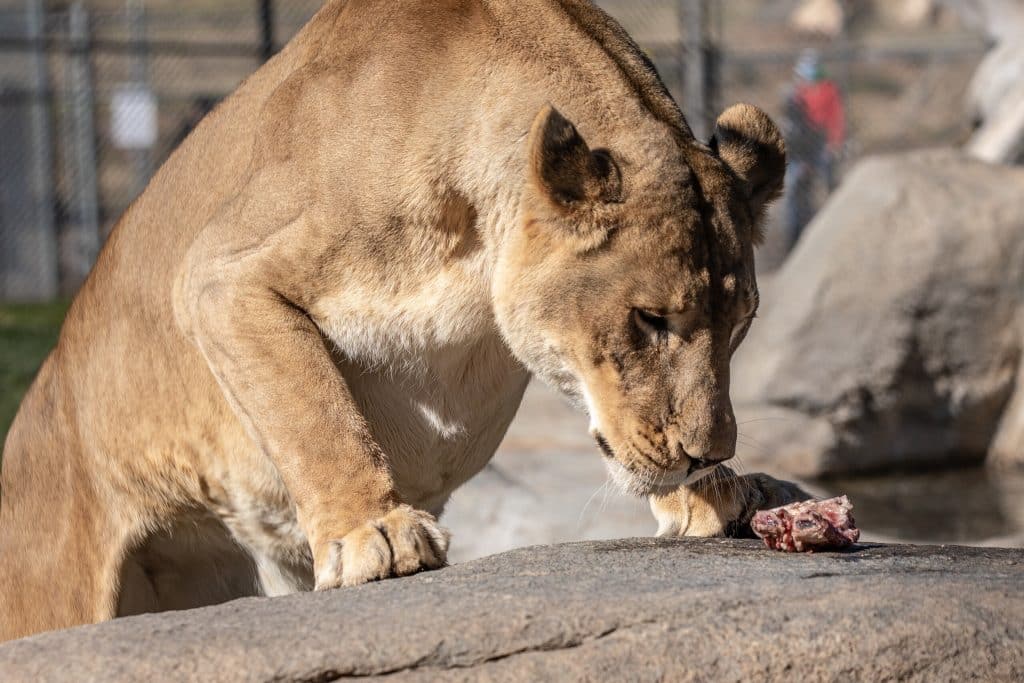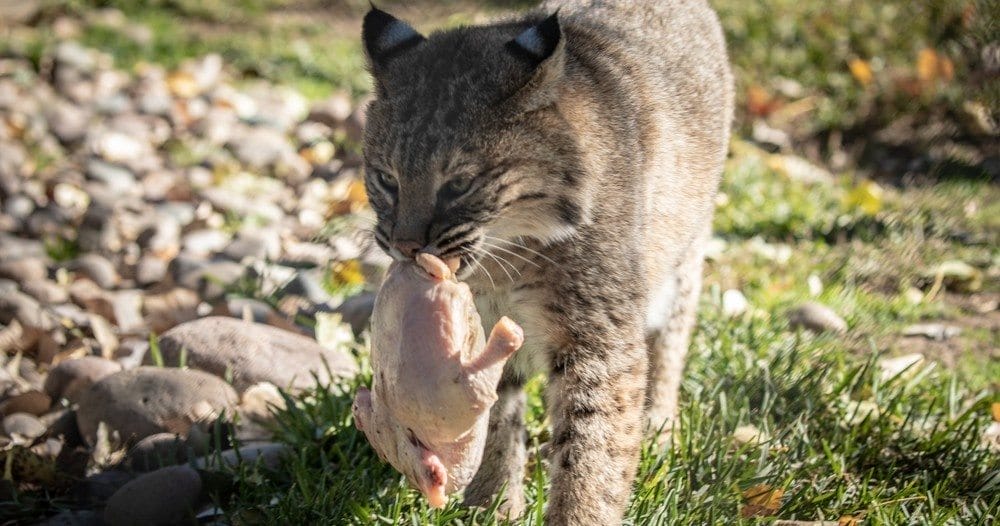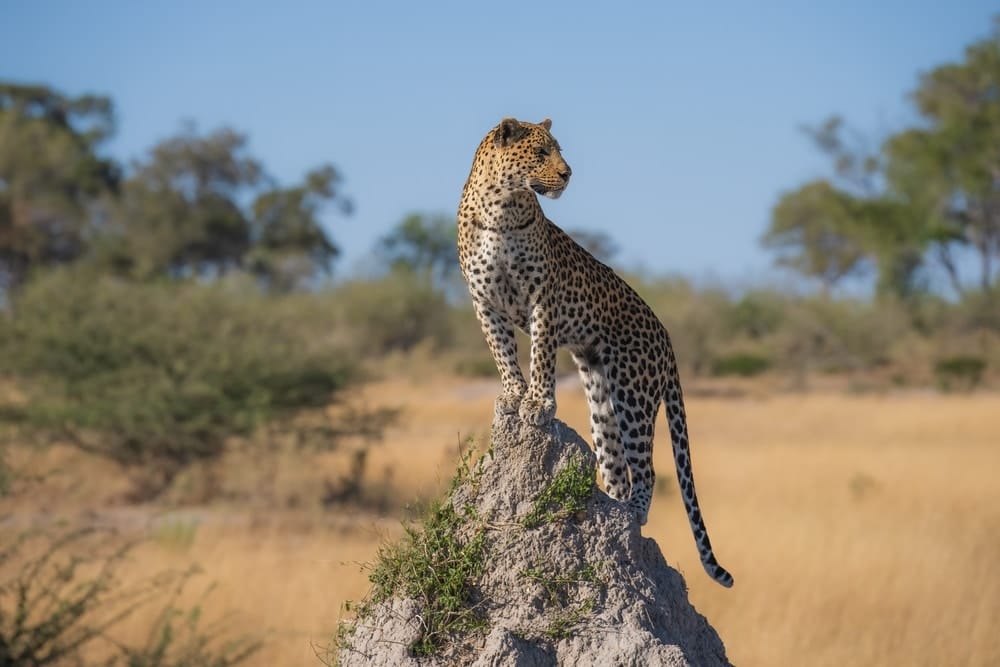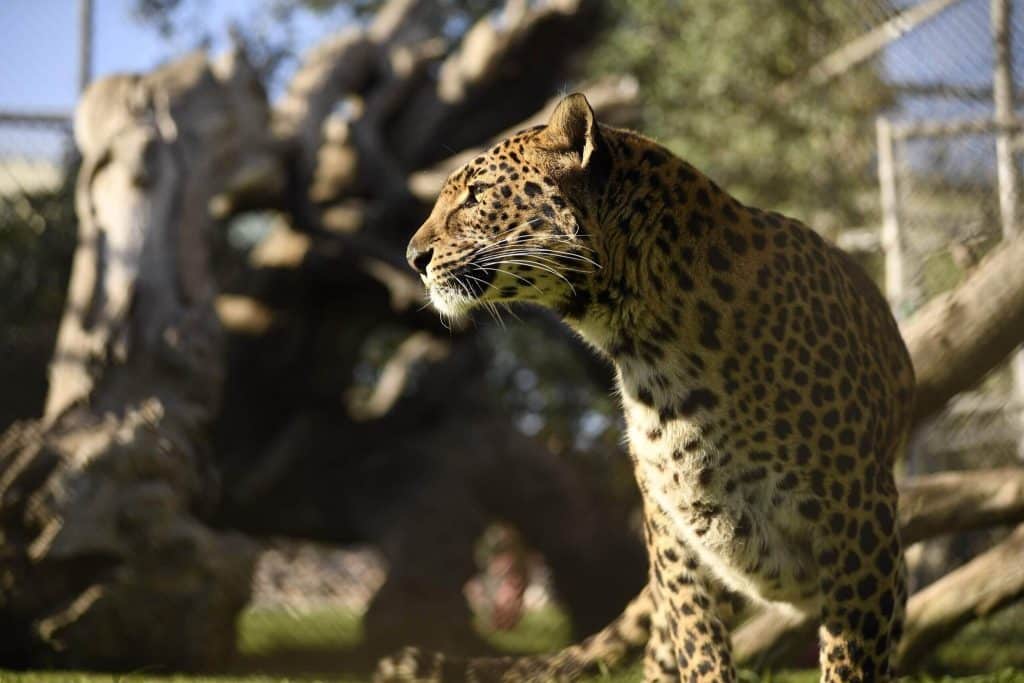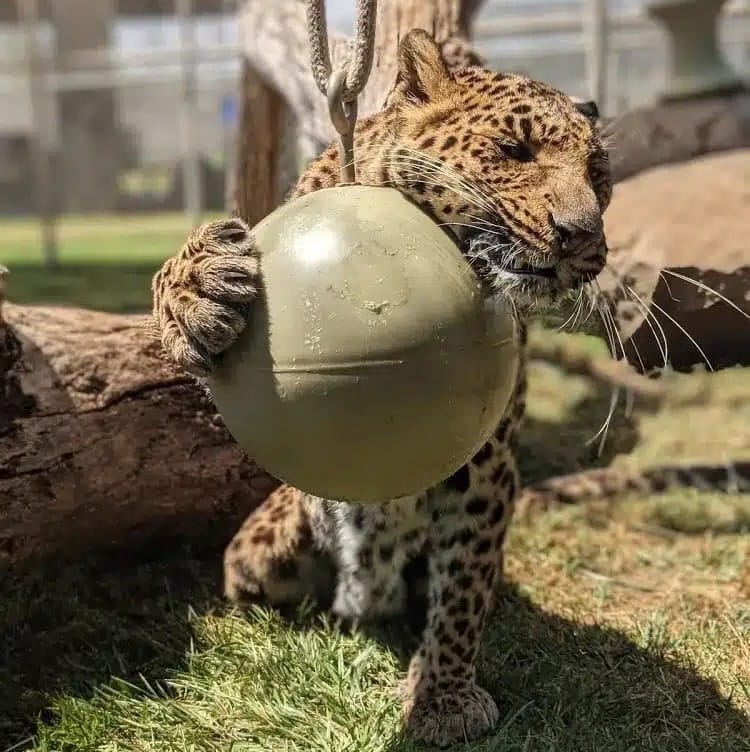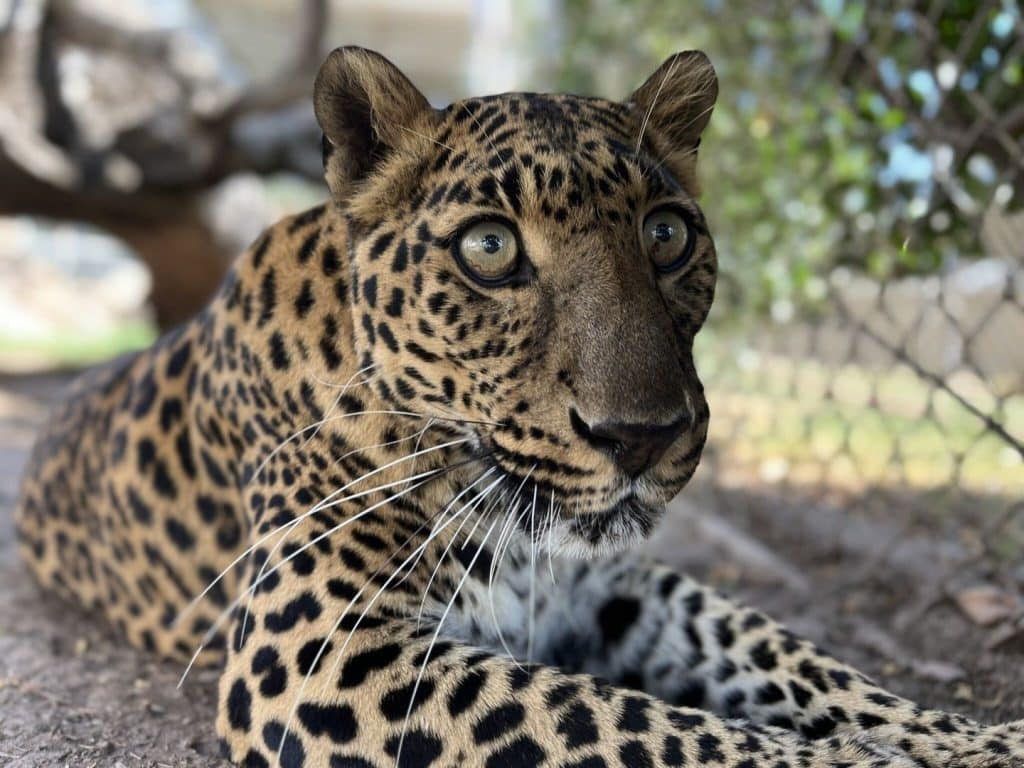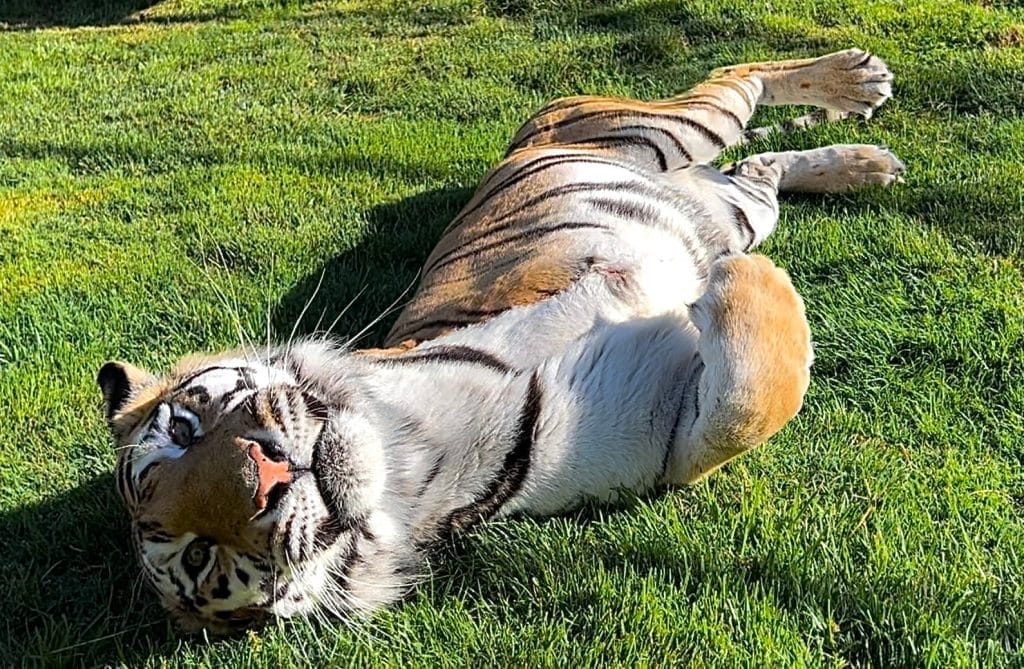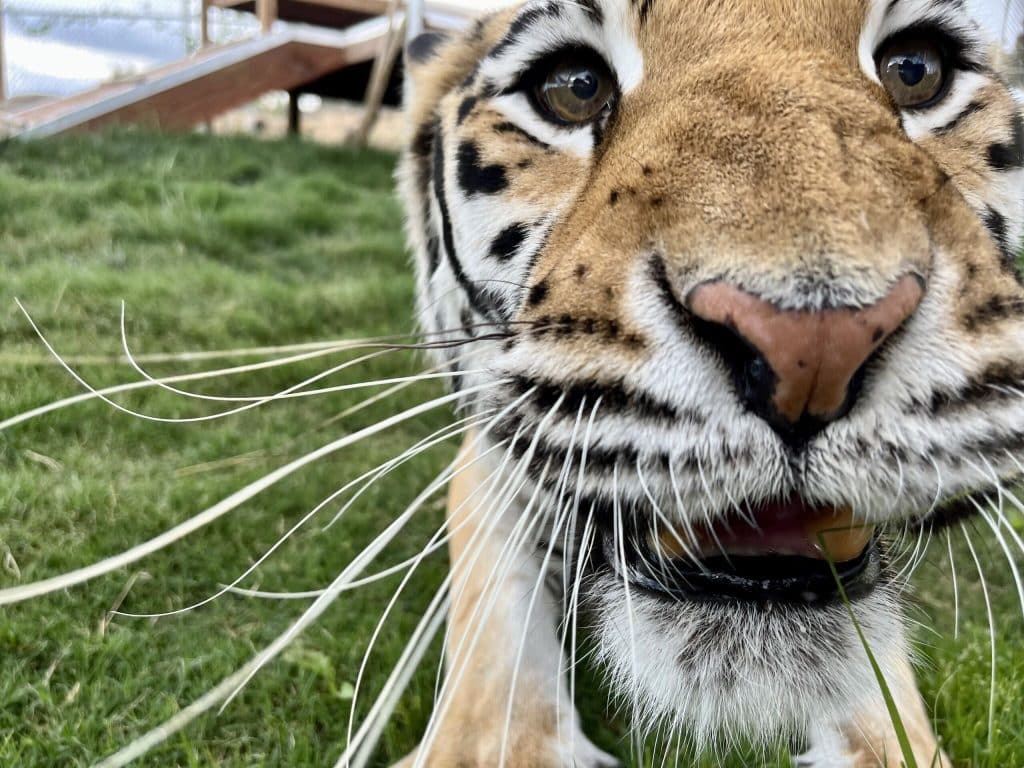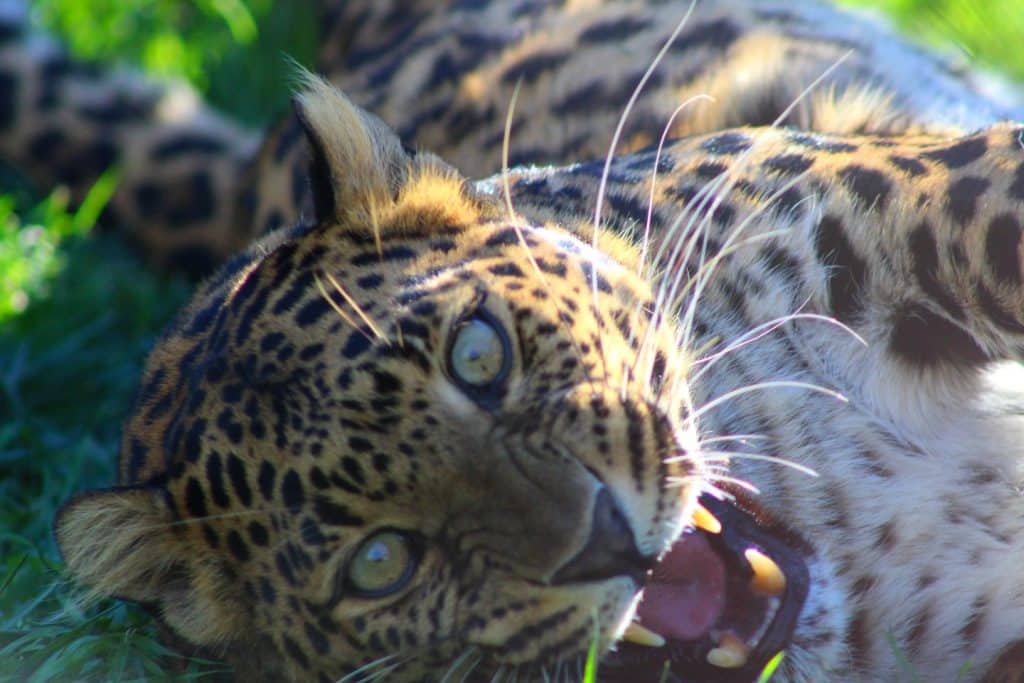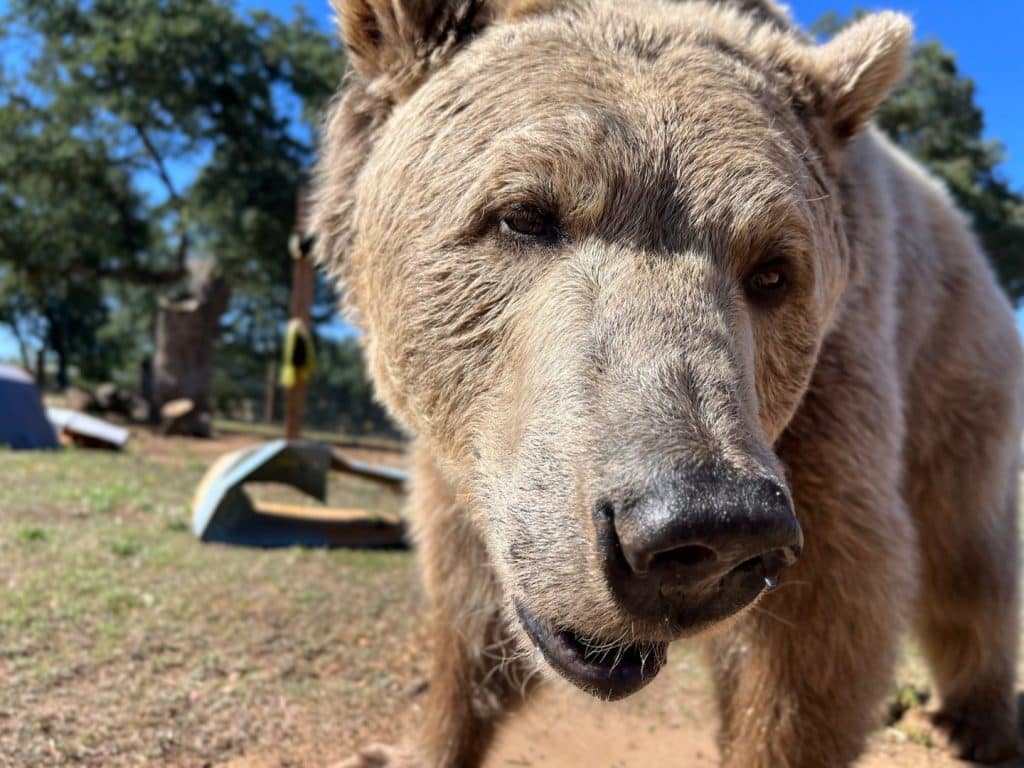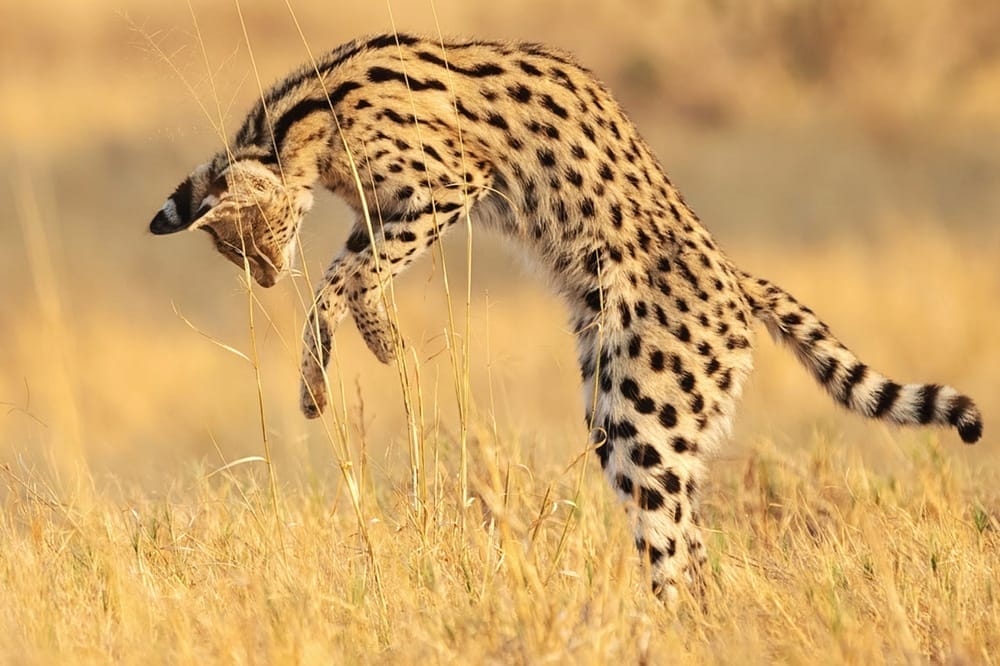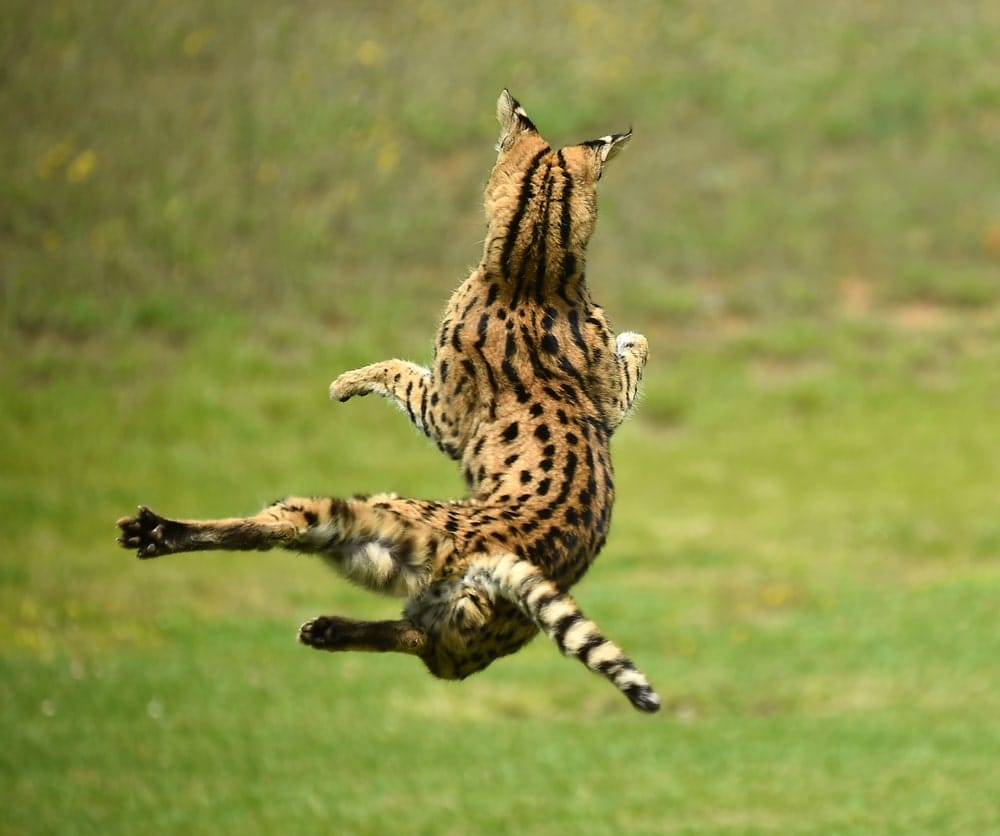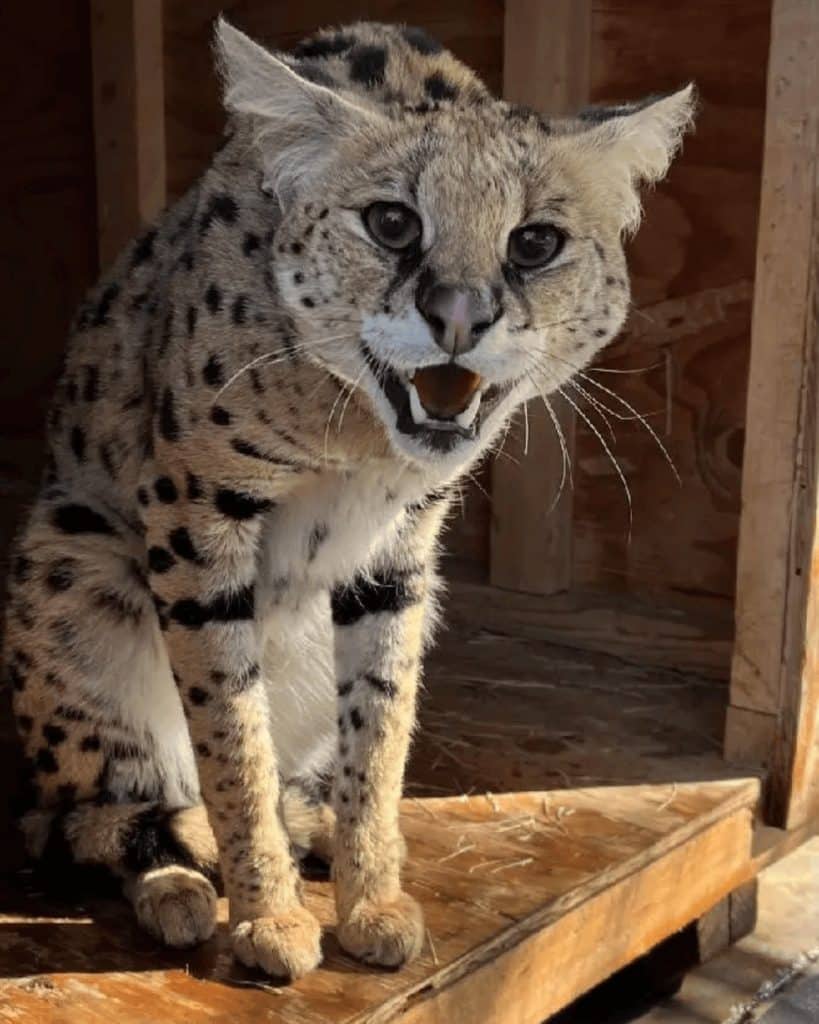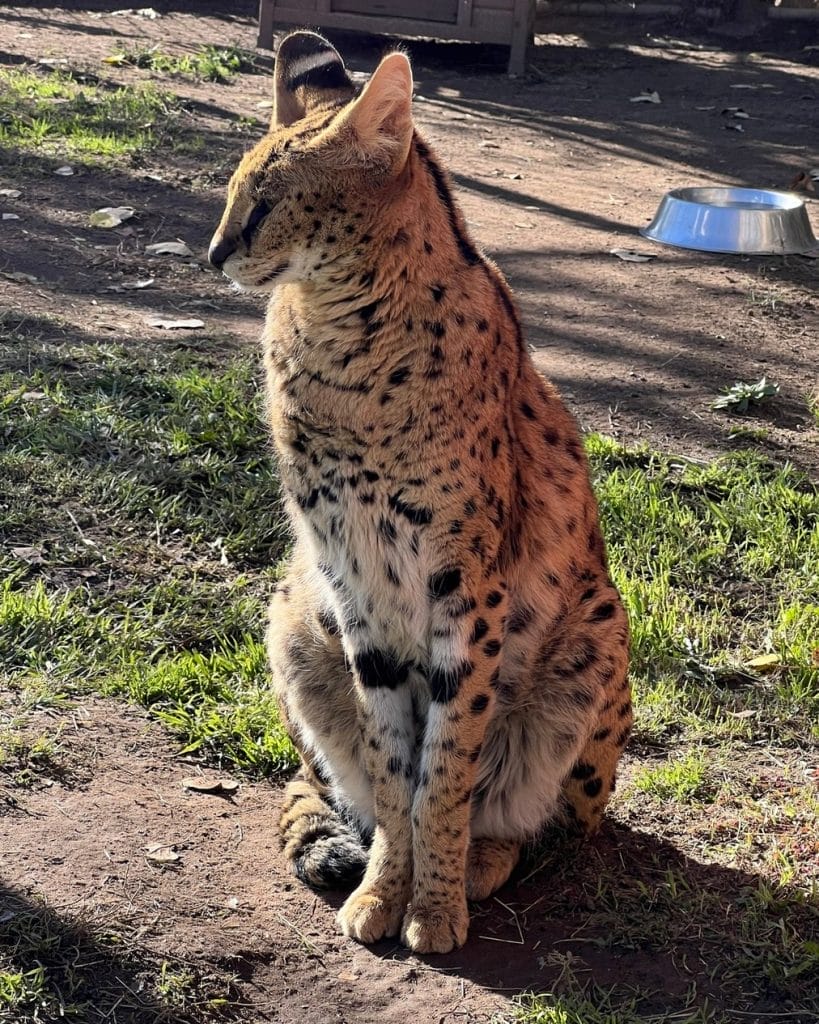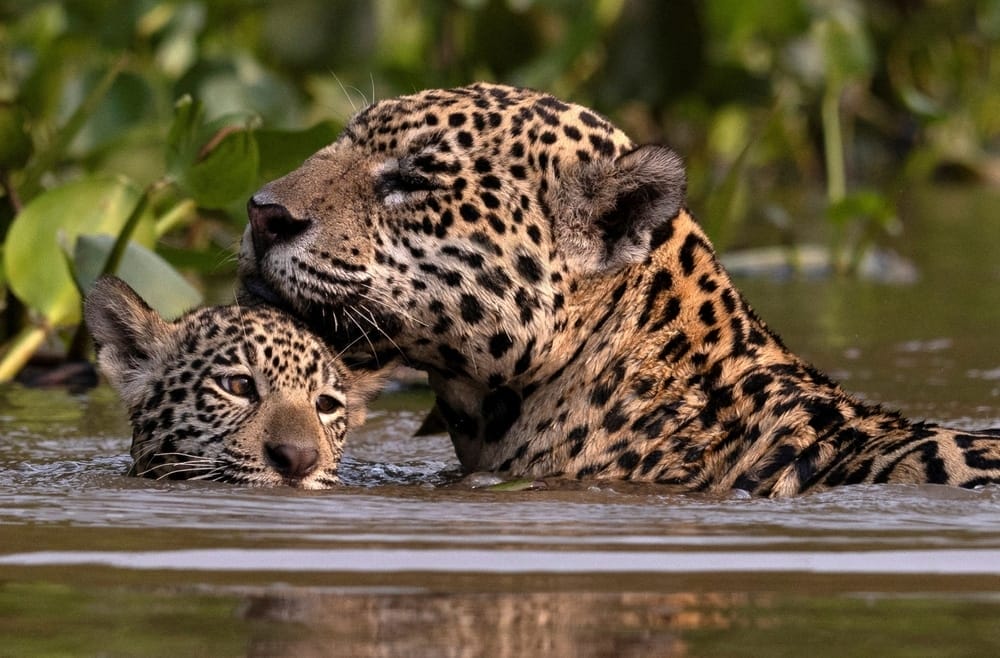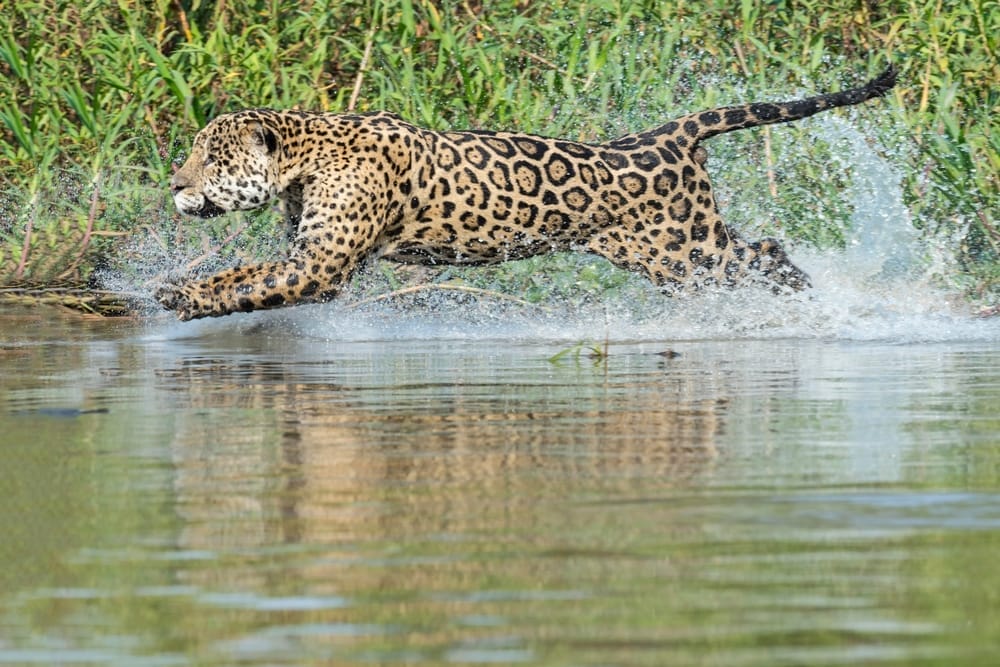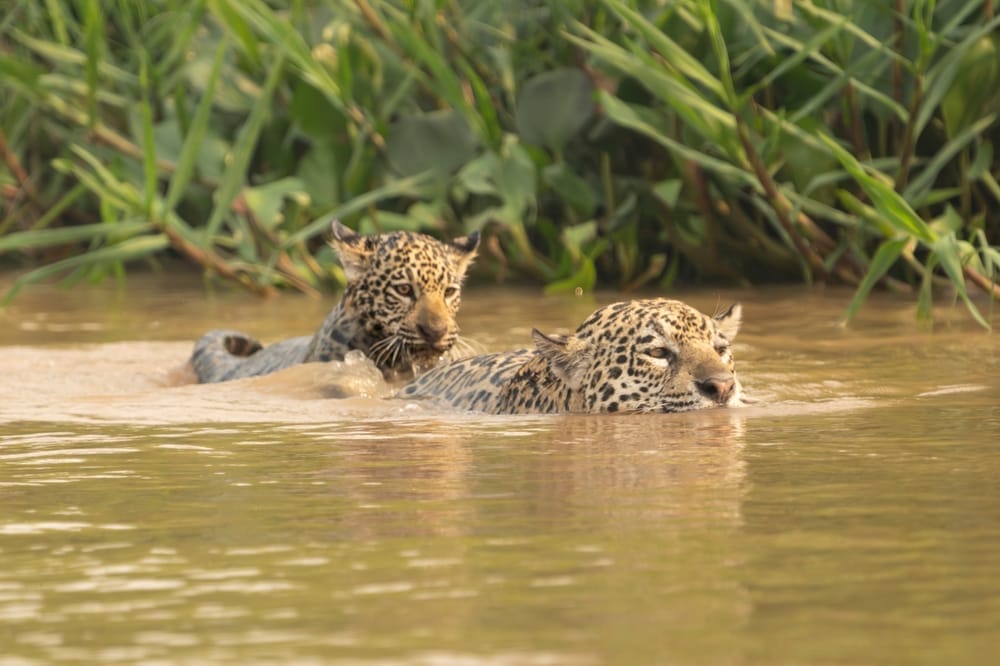A Life Sentence of Suffering: Why the Big Cat Public Safety Act is Just the Beginning

The number is staggering: there are more tigers held captive in the United States than remain in the wild across their native habitats in Asia. This shocking statistic, a direct result of the rampant and unregulated exotic pet trade, paints a clear picture of the animal abuse and neglect stemming from private tiger ownership.
For decades, it was easier to purchase a tiger for as little as $900–$2,500 than to adopt many common breeds of dog. This created a crisis where these powerful apex predators, built to roam miles, were left to languish in tiny cages in backyards and basements.
While the initial purchase price seems cheap, the true cost of caring for a big cat - which includes specialized veterinary care, vast quantities of meat, secure enclosures, and insurance - can reach tens or even hundreds of thousands of dollars over an animal’s lifetime. Unsurprisingly, most private owners cannot meet these complex needs, leading to predictable and devastating outcomes for the animals.
In a huge win for animal welfare and public safety, this shameful era is finally starting to phase out.
The Landmark Big Cat Public Safety Act
In December 2022, after years of tireless advocacy, the Big Cat Public Safety Act (BCPSA) was finally passed. President Biden signed the Act into law, which aims to dismantle the predatory cycle of breeding, exploitation, and dumping that has long plagued big cats in captivity.
The law addresses two core problems with existing exotic animal laws:
- Bans New Private Possession: The Act bans the sale, purchase, and breeding of big cats for private ownership across the country.
- Restricts Public Contact: It prohibits practices like cub petting and photo opportunities, which were the primary drivers of the cruel breeding-and-dumping cycle at roadside zoos and unaccredited animal attractions. Cubs were often torn from their mothers and used as props until they grew too big (around 12 weeks old), at which point they were either sold off or discarded.
The fight for this landmark legislation was personal for those on the front lines, including Lions Tigers & Bears founder Bobbi Brink, who spent more than a decade pushing for the law and even testified before Congress. The passage of the BCPSA marks an essential step toward ending the exploitation of big cats in the United States.

The Loophole: Why the Fight for Big Cats Continues
While the BCPSA prevents new acts of cruelty, it has a significant limitation: it “grandfathers in” existing owners, allowing them to keep the animals they already possess. These owners were required to register their big cats with the U.S. Fish & Wildlife Service by June 18, 2023, and they are prohibited from breeding or acquiring new animals, as well as prohibiting any form of public contact.
This means that tens of thousands of big cats still exist in substandard conditions across the nation, carrying the physical and psychological scars of their past. The responsibility for ensuring compliance now falls on law enforcement and regulatory bodies, including the United States Department of Agriculture (USDA) and the U.S. Fish & Wildlife Service.
Historically, federal oversight, such as that provided by the USDA, has been described as weak. Inconsistencies in enforcement, coupled with the sheer number of animals in private hands, mean that the road to full compliance is long. Furthermore, the BCPSA is narrowly focused on big cats (lions, tigers, leopards, etc.). Other species, like smaller wildcats, still operate under a confusing patchwork of exotic animal laws that vary wildly from state to state.
The Endangered Species Act (ESA) provides protection for most big cats, as many are classified as endangered or threatened. While the ESA bans the importation and interstate commerce of certain animals, it did not fully restrict possession or breeding for generic (non-purebred) tigers within states, a loophole the BCPSA helps to close. Nonetheless, most of these animals in private hands still need immediate protection and rescue.
The Scars That Remain: The Tragedy of Declawing
Beyond the issues of space and nutrition, many animals rescued from the breeding and cub-petting industries carry devastating, irreversible physical trauma inflicted solely for human convenience. One of the most painful is the practice of declawing.
Often done to make a tiger or lion cub "safe" for public contact during photo opportunities, declawing is not a simple manicure; it is the surgical removal of the last bone in each toe, which is the equivalent of amputating a human fingertip at the last knuckle. This procedure cuts through bone, tendons, and nerves.
For big cats, who weigh hundreds of pounds and rely on their paws for balance, climbing, and mobility, the consequences are catastrophic. This is why the practice of declawing exotic cats leads to:
- Chronic pain and lameness from an altered gait.
- Severe bone disease and joint deterioration.
- Nerve damage and phantom pain.

Kallie the tiger is a powerful example of this suffering. Rescued after a life of being passed around for entertainment, the damage from her declawing was so severe that she developed chronic pain and eventually required an amputation of one of her legs to save her life. Her story is a stark reminder that even with the BCPSA in place, the survivors of the exploitation industry require specialized, intensive, and compassionate care for the rest of their lives.
The Golden Safety Net: The Role of Accredited Animal Sanctuaries
For animals like Kallie, the passage of the Big Cat Public Safety Act is a vital step toward preventing future victims, but it is the accredited animal sanctuaries like Lions Tigers & Bears who offer the ultimate solution for the current survivors.
Accreditation from organizations like GFAS and ASA is the gold standard of animal welfare. It ensures animals are never exploited, traded, or bred; they receive lifelong care; and they live in spacious, natural habitats that allow them to express their instinctive behaviors in peace. This is the critical distinction between a true sanctuary and the roadside zoos that once fueled the cruel exotic pet trade.
Lions Tigers & Bears is at the forefront of this effort, providing rescue, rehabilitation, and a safe, permanent home for hundreds of animals who have known only fear and neglect. Every donation helps rescue and rehabilitate animals, giving them a chance to heal, roam freely, and live out their lives with peace and dignity.
The Big Cat Public Safety Act is a monument to the advocacy of countless individuals who fought to change a cruel system. Now, the next chapter belongs to us: the compassionate caretakers, advocates, and supporters who ensure that every survivor receives the dignity and safety they were once denied.
Frequently Asked Questions about the Big Cat Public Safety Act
Q: Does the Big Cat Public Safety Act ban all private ownership of big cats?
A: The BCPSA bans the future sale, purchase, and breeding of big cats for private ownership. However, it "grandfathers in" individuals who already legally owned big cats before the law was enacted, allowing them to keep the animals they currently possess, provided they registered them with the U.S. Fish & Wildlife Service and adhere to strict new regulations banning breeding and public contact.
Q: What is the role of the United States Department of Agriculture (USDA) and law enforcement in enforcing the BCPSA?
A: The USDA continues to license facilities that may exhibit big cats (like zoos and exempt exhibitors), while the U.S. Fish & Wildlife Service and other law enforcement agencies are responsible for enforcing the Act’s new prohibitions on breeding, possession, and public contact. They also manage the registry of all grandfathered big cats to ensure compliance.
Q: Why are accredited animal sanctuaries so important after the BCPSA passed?
A: The Big Cat Public Safety Act (BCPSA) stops future exploitation by banning private ownership, breeding, and cub petting, but it does not address the thousands of big cats already living in unsafe or illegal conditions. Accredited animal sanctuaries step in to rescue and care for many of these animals, providing the lifelong, ethical, species-appropriate homes they need.
Q: What are the risks of declawing exotic cats?
A: Declawing exotic cats is a painful, life-altering amputation performed to make cubs “safe” for public contact. The procedure cuts through bone, tendons, and nerves, often leading to chronic pain, severe bone disease, and mobility issues as the cat grows. It compromises the cat’s musculoskeletal system and can necessitate secondary amputations, as seen in the story of Kallie the tiger.



